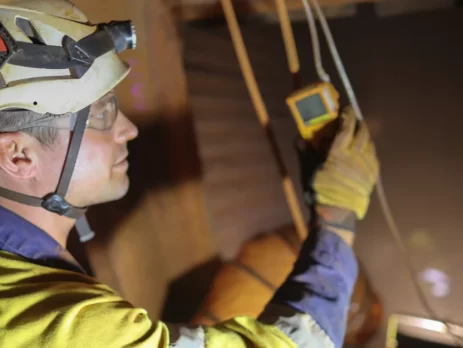Gas Detection in the Mining Industry
The mining industry is a vital sector of the global economy, responsible for the extraction of minerals, metals, and other geological materials from the earth. These resources are essential for a wide range of applications, from the construction of infrastructure to the production of technology and energy. The industry is characterised by its large scale, significant environmental impact, and critical role in supplying raw materials for various other industries.
1. Types of Mining
The mining industry encompasses several different types of mining operations, each suited to different kinds of resources and geological conditions:
Surface Mining: This is the most common type of mining and includes methods like open-pit mining, strip mining, and mountaintop removal. It involves the removal of soil and rock (overburden) to access mineral deposits near the earth’s surface.
Underground Mining: Used when mineral deposits are located deep underground, this method involves creating tunnels or shafts to reach and extract the minerals. It is often used for extracting metals like gold, silver, and copper, as well as coal.
2. Key Commodities
The mining industry produces a wide array of commodities that are crucial for various sectors of the economy, including:
Metals: Such as iron ore, copper, gold, silver, platinum, and aluminum, which are used in construction, electronics, transportation, and manufacturing.
Industrial Minerals: Like limestone, gypsum, and potash, which are used in construction materials, fertilizers, and chemicals.
Energy Resources: Such as coal, uranium, and oil shale, which are essential for electricity generation and fuel production.
Here’s an overview of the common gases found in the mining industry:
1. Methane
Source: Methane is commonly found in coal mines, particularly in underground coal mining, where it is a significant hazard. It is released during the extraction of coal seams, often trapped in the surrounding rock layers.
2. Carbon Dioxide
Source: Carbon dioxide is naturally present in the earth’s crust and can be released during mining operations. It can also be a by-product of blasting, combustion processes, and the decomposition of organic matter in mines.
3. Carbon Monoxide
Source: Carbon monoxide is produced by the incomplete combustion of carbon-containing fuels, such as diesel engines, explosives, and fires in mining environments.
Gas detection is critically important in the mining industry to ensure the safety of workers, protect equipment, and prevent environmental hazards. Mines often contain potentially dangerous gases, such as methane, carbon monoxide, and hydrogen sulphide, which can accumulate to hazardous levels without proper monitoring. These gases can be toxic, flammable, or explosive, posing significant risks of poisoning, fires, and explosions. Early detection of gas build-ups allows for timely evacuation, ventilation, and mitigation measures, preventing accidents and fatalities. Additionally, gas detection is vital for compliance with safety regulations and standards, helping to create a safer working environment and maintain the sustainability of mining operations.
